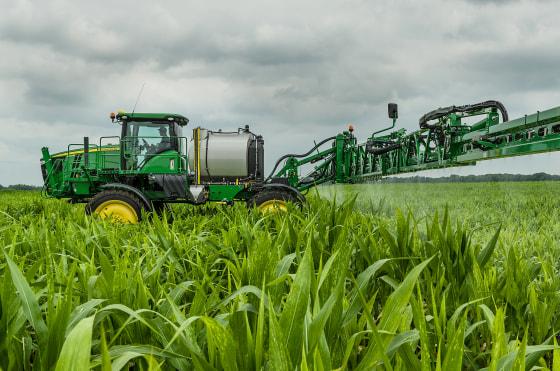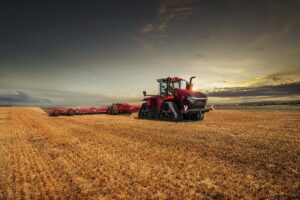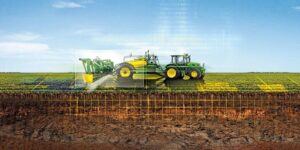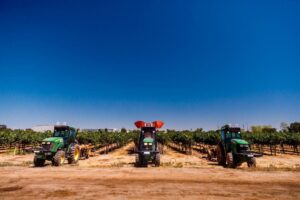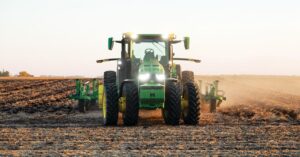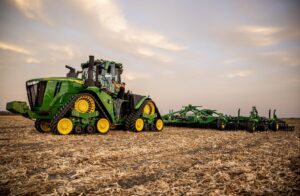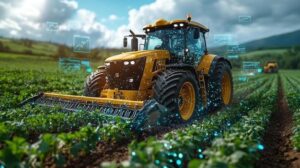In the face of increasing agricultural labor shortages worldwide, smart tractors are emerging as a potential solution to maintain farm productivity. these autonomous vehicles, equipped with GPS guidance systems, sensors, adn artificial intelligence, can perform various farming tasks with minimal human intervention.As traditional farming faces rising labor costs and worker scarcity, these technological innovations are reshaping the agricultural landscape, offering farmers new ways to manage their operations efficiently while addressing persistent workforce challenges. Agricultural technology is revolutionizing the way farms operate, offering solutions to the persistent labor shortage that has plagued the farming industry. Advanced autonomous machinery equipped with artificial intelligence and precision systems is stepping in to fill the workforce gap, enabling farmers to maintain productivity despite declining labor availability.These intelligent vehicles utilize GPS guidance, computer vision, and sophisticated sensors to navigate fields with remarkable accuracy. They can plant seeds, apply fertilizers, and harvest crops with minimal human intervention. The technology reduces the dependency on seasonal workers while maintaining consistent output levels throughout the farming calendar.
Machine learning algorithms enable these tractors to adapt to various terrain conditions and crop types. They analyze soil composition, moisture levels, and plant health in real-time, making instant adjustments to optimize farming operations. This level of precision was previously impractical to achieve with traditional manual labor.
The integration of internet of Things (IoT) technology allows these machines to communicate with each other and central management systems. Farmers can monitor and control multiple tractors together through smartphone applications or desktop interfaces, effectively managing larger areas with fewer personnel.
Cost savings are notable despite the initial investment in smart machinery. Reduced labor expenses, improved efficiency, and decreased waste in resource utilization contribute to a favorable return on investment. Additionally, these systems operate around the clock when necessary, unaffected by fatigue or adverse whether conditions.
Environmental benefits are also notable. Precise application of fertilizers and pesticides minimizes chemical usage, while optimal route planning reduces fuel consumption and soil compaction. These factors contribute to more lasting farming practices while addressing labor shortages.
Data collection capabilities provide valuable insights for long-term planning. Smart tractors record detailed details about field conditions, crop development, and operational efficiency. This data helps farmers make informed decisions about resource allocation and crop management strategies.
The technology continues to evolve, with manufacturers incorporating more advanced features like obstacle detection, crop disease identification, and yield prediction. these innovations further reduce the need for manual inspection and decision-making in the field.
Training requirements for operating these systems are relatively minimal compared to traditional farming methods. Operators focus on system monitoring and maintenance rather than direct machine control, making it easier to find qualified personnel.
Industry experts predict continued expansion of autonomous farming technology as labor shortages persist and equipment costs decrease. Early adopters are already reporting significant improvements in operational efficiency and profitability, setting a precedent for wider industry adoption.
Rural communities benefit from this technological shift as it creates new job opportunities in agricultural technology maintenance and data analysis, helping to sustain local economies while modernizing farming practices.

